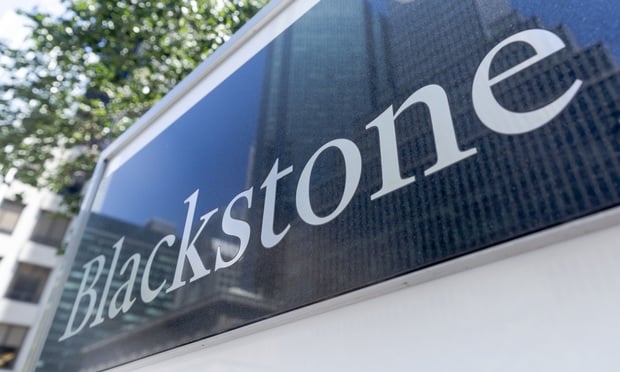First, the semi brighter side. Reuters recently surveyed 108 economists to see what they thought would happen with inflation and interest rates.
Of the nearly two-thirds of economists surveyed in May 7-13, 70 of 108, predicted the first reduction in the fed funds rate in September, to a 5.00%-5.25% range. Those results compared with just over half expecting a September cut when they were surveyed last month. Only 11 forecast a July cut and none said June, compared to 26 and four in the April survey.
September as the earliest? Yes, it makes sense with economic data as it has come in. During the press conference after the May 1 meeting of the Federal Open Market Committee, the part of the Federal Reserve that sets baseline interest rates, Chair Jerome Powell made a couple of statements that almost guaranteed September as being the earliest they might lower rates. He mentioned that the FOMC had been feeling more confidence and didn't want to change directions on a month or two of data, but that there had now been a solid quarter where inflation was getting hotter, which reduced their confidence on how things were proceeding.
Recommended For You
Want to continue reading?
Become a Free ALM Digital Reader.
Once you are an ALM Digital Member, you’ll receive:
- Breaking commercial real estate news and analysis, on-site and via our newsletters and custom alerts
- Educational webcasts, white papers, and ebooks from industry thought leaders
- Critical coverage of the property casualty insurance and financial advisory markets on our other ALM sites, PropertyCasualty360 and ThinkAdvisor
Already have an account? Sign In Now
*May exclude premium content© 2025 ALM Global, LLC, All Rights Reserved. Request academic re-use from www.copyright.com. All other uses, submit a request to [email protected]. For more information visit Asset & Logo Licensing.








